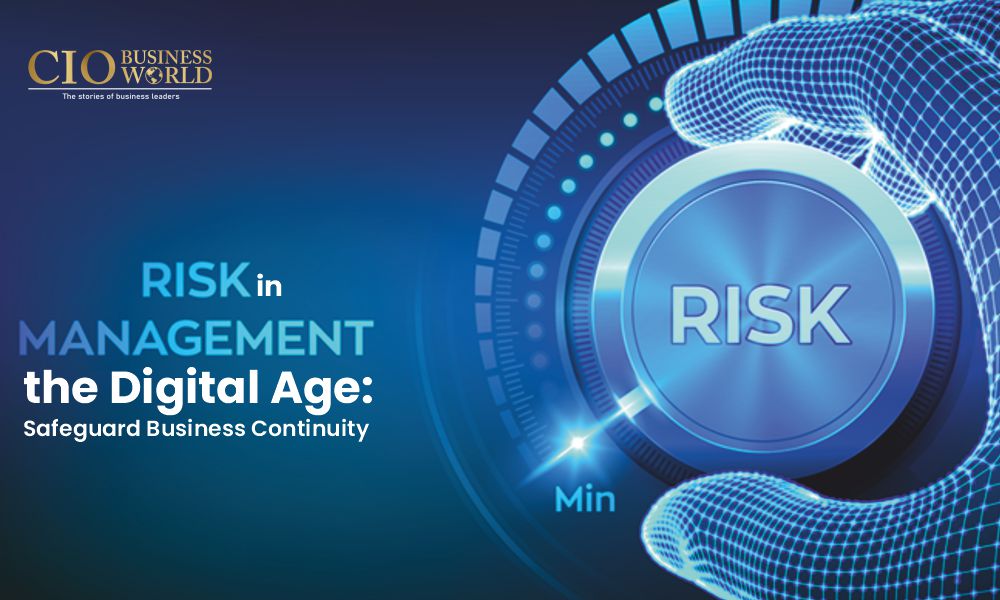When Systems Break, Trust Breaks Too
Every organization relies on an intricate web of systems and relationships that, while appearing seamless, can unravel with surprising speed. A single outage in cloud infrastructure, a misstep in compliance, or a cyber breach can cascade into lost revenue and eroded trust. What often looks like resilience on the surface may, in fact, be little more than habit and optimism holding things together.
This vulnerability matters now more than ever because leadership is no longer measured solely by growth metrics. It is also judged by how effectively businesses can anticipate and absorb disruption. Leaders who ignore this reality may find themselves unprepared when the next unforeseen event interrupts daily operations. Risk management, once treated as a back-office function, has become a defining feature of strategic decision-making.
Comfort in Old Playbooks Can Be Dangerous
Many executives still operate under the belief that having emergency procedures on paper equals true preparedness. But continuity plans written years ago often fail to account for how much the risk landscape has shifted. Hybrid work, third-party software integrations, and globalized supply chains have introduced dependencies that traditional playbooks rarely cover.
The trap lies in assuming yesterday’s solutions will protect tomorrow’s business. A company might have backup servers but no strategy for responding to coordinated ransomware. They may insure physical assets but overlook digital exposure. This gap is where the difference between surviving and faltering is often found.
Part of building real resilience means weaving safeguards directly into daily operations. That includes recognizing how resources such as business insurance serve not as a formality but as a practical buffer against the unknown. By embedding these protections into the foundation, organizations give themselves the capacity to recover without losing momentum.
From Reactive to Preventive Thinking
True risk management is less about reacting to failure and more about cultivating conditions where disruption cannot easily take hold. This requires shifting away from seeing safeguards as compliance exercises and instead regarding them as integral to long-term competitiveness.
Forward-looking companies are blending technology with proactive governance. Predictive analytics, for instance, allows teams to see potential breakdowns before they escalate. Cross-department scenario planning ensures that a cyber incident isn’t just an IT issue but a challenge every function is prepared to address. Even culture plays a role, with employees encouraged to treat resilience as a shared responsibility rather than a specialist concern.
These shifts create organizations that can continue operating when others stall. Resilience becomes less about recovering after impact and more about maintaining continuity through foresight.
Stability as a Marker of Trust
It is easy to overlook the quiet advantages that come with being consistently prepared. Investors often gravitate toward firms that demonstrate strong governance and operational security. Employees feel more confident when they know contingencies are in place. Clients and partners extend deeper trust to companies that can withstand turbulence without faltering.
Resilience, then, is not simply about mitigating loss. It is a competitive edge, an enabler of growth, and a foundation for reputation. Those who recognize this are not just managing risk; they are shaping a business that others believe in.










